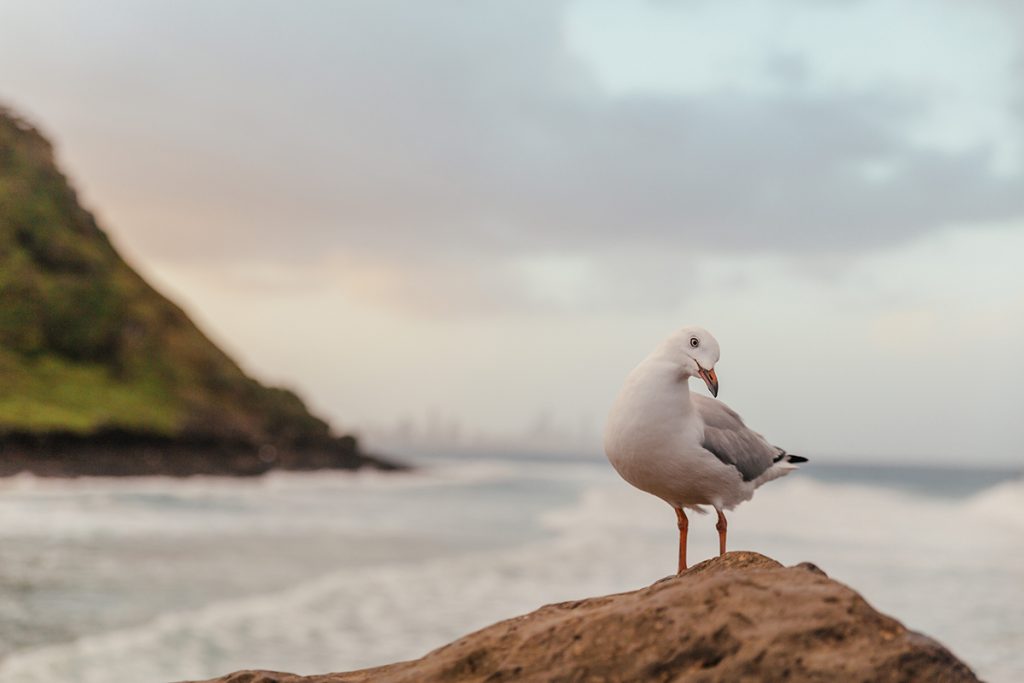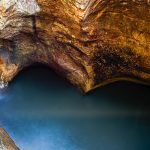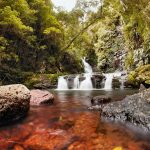
Experiencing the Gold Coast’s Historical Sites By Foot
Gold Coast holidays are synonymous with sun, fun and being the theme park capital of Australia. With 21 patrolled beaches, the Gold Coast offers majestic coastline, unspoilt hinterland, whale watching, excellent shopping centres, a casino, an observation deck and canals made for water-based activities.
A brief history of the Gold Coast
Aboriginal history
Archaeological evidence shows us that Aboriginal people have resided in the Gold Coast from close to prehistoric times. The inhabiting Gombemberri tribe, occupied the area reaching from the Tweed River up to the Coomera River reaching to the region bordering the Tamborine Mountain in the West.
The Gombemberri tribe had access to fresh water, while food was readily available. Plenty of fish, crabs and oysters were supplied by the ocean, while the inland wild duck and scrub turkey were a source of meat. Other foods that were consumed included fruit, berries and yam. Perhaps this abundance of food was the reason why the Gombemberri people were known to be the most physically able and intellectual of Australia’s First People.
Early European settlers
The Gold Coast was first sighted by Captain James Cook in the late 1700s, but it wasn’t until later that Captain Matthew Flinders first took to the land. By 1828, Point Danger was home to a military base and the first European settlement. Today it is known as Tweed/Gold Coast.
By 1840, the New South Wales government had chartered the area, introducing the region to more European settlers. Timber cutters were drawn to the steady supply of red cedar, and the farmland around Evandale (now the site of The Arts Centre Gold Coast) proved excellent for cotton, sugarcane, and other agricultural produce.
Queensland Governor Musgrave constructed his holiday home in 1885 in an area located to the north of Southport. The area soon garnered a reputation as a place for Brisbane’s rich to settle in. Four years later, a railway track was added creating opportunities for guesthouses and hotels along the coast
World War II
While the Gold Coast received little to no harm from the impact of the war, the entrance of American troops did leave an effect. They overtook the beach area and established military rest areas. In Coolangatta, they built five rest camps and two hotels, while Southport was home to a seaplane alighting spot for the Royal Australian Air Force.
Following the war, many of these men returned to the region and by the end of the 1940s, real estate speculators and journalists had dubbed the region (formerly known as the “South Coast”) the “Gold Coast”. Developers noticed the similarity the area shared with regions in America’s sun belt like Florida and Los Angeles.
The area was proclaimed a city in 1959.
Historical walks on the Gold Coast
As you can see, there’s a lot more to the Gold Coast than fun in the sun, and in any visit, it’s wise to soak up some of its unique history. One of the ways you can discover the heritage of the Gold Coast is to take part in one of the City of Gold Coast’s heritage walks.
Four walks exist, which you can easily navigate your with the help of supporting maps and information.
The Coolangatta Heritage Walk
Coolangatta is a place of special character, largely due to its early settlement. It functions as a border town and railway point, and played an important part in giving life to the region’s beach culture. Come across historic places of interest, laneways, plaques and artefacts that paint a picture of what it was like in the past. Visit the wreckage site of Schooner Coolangatta which sunk in 1846. You can also discover areas such as the Kirra Pavilion which is another heritage site. Share the view of the iron eagle atop Kirra Hill, take shade under the Powell Brothers Commemorative trees, see the remains of the Jack Evans Porpoise Pool and visit the Captain Cook Memorial and lighthouse.
Kokoda Memorial Walk
The Kokoda Memorial Walk extends from the Rotary Park in the Cascade Gardens towards the Gold Coast Convention and Exhibition Centre. Parts of the tropical forest along this way mark zones where battles raged. Areas of historical significance are marked by information signs explaining why they are so important. The plaques highlight the importance of different zones on this track. Appreciate the beauty of the trail and it’s rugged features.
Broadbeach Heritage Walk
Discover Broadbeach’s captivating heritage by hearing local stories and viewing its historical avenues and buildings. Where the Oasis shopping centre now stands was once home to the Gold Coast’s first major hotel – the Lennons Hotel. Standing around five stories high, it dominated the local landscape, and featured a pavilion, a fountain created by Brisbane sculptor Len Shillam, and a sculpture of a seal to welcome guests. The seal is all that remains from this site and can today be found at the entrance of the Gold Coast Convention Centre.
Southport Heritage Walk
The Southport Heritage Walk includes plaques, monuments and stories of Southport’s history. Yellow markers make it easy for visitors to identify areas of historical significance. Three educational totems and over 100 discs lead the way. Some discs show photographic images or artists’ impressions of some of Southport’s buildings in their former glory. Included in the walk is the Southport Cable Hut, a heritage-listed telegraph station which served as an important communications link between the east coast of Australia and the rest of the world until its closure in 1962.
Mudgeeraba Heritage Walk
Located deep in the foothills of the Gold Coast Hinterland, Mudgeeraba is known to be a heritage site. Visit the Exchange Hotel (now the Wallaby Hotel), the Mudgeeraba Post Office, and the former Nerang Shire Council Chambers.








